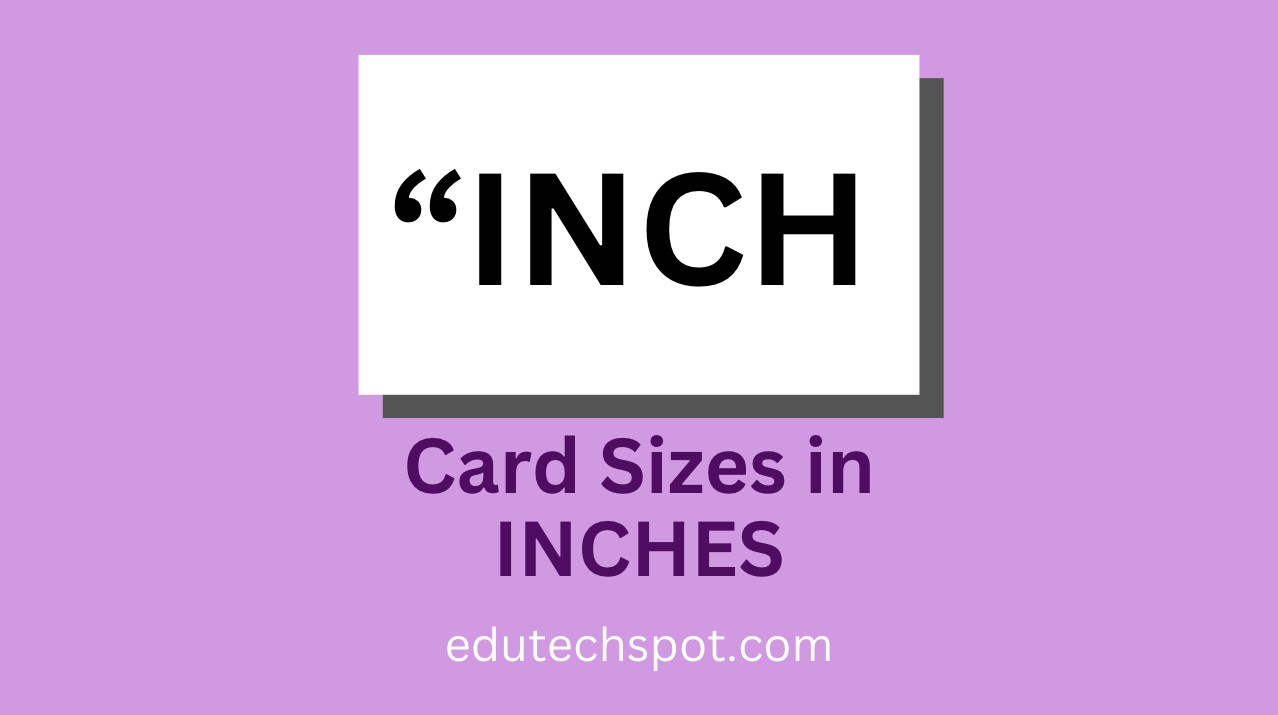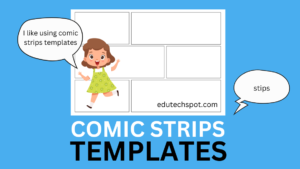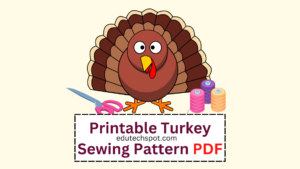Card Sizes in Inches. When it comes to cards, whether they’re for special occasions, business purposes, or collectibles, size matters. Understanding the various card sizes in inches is essential to ensure your cards fit perfectly into their intended purpose. In this comprehensive guide, we’ll walk you through the most common card sizes, complete with informative tables for easy reference.
Standard Card Sizes in Inches
1. Business Cards
Business cards are a ubiquitous tool for networking and making a lasting impression. Here are the standard business card sizes in inches:
| Size | Dimensions (Inches) |
|---|---|
| US Standard | 3.5 x 2 |
| European Standard | 3.3 x 2.1 |
2. Playing Cards
Playing cards come in various sizes, but here are the dimensions of the most commonly used poker-sized cards:
| Size | Dimensions (Inches) |
|---|---|
| Poker Standard | 3.5 x 2.5 |
3. Greeting Cards
Greeting cards are a wonderful way to convey your sentiments for different occasions. Here are the standard greeting card sizes in inches:
| Size | Dimensions (Inches) |
|---|---|
| A7 | 5 x 7 |
| A6 | 4.5 x 6.25 |
| A2 | 4.25 x 5.5 |
4. Postcards
Postcards can be used for various purposes, from sending vacation memories to promotional materials. These are the standard postcard sizes in inches:
| Size | Dimensions (Inches) |
|---|---|
| Standard | 4 x 6 |
| Large | 5 x 7 |
| Oversized | 6 x 9 |
5. Trading Cards
Trading cards are popular collectibles, and their sizes can vary slightly based on the brand and type. However, here are the common trading card sizes in inches:
| Size | Dimensions (Inches) |
|---|---|
| Standard | 2.5 x 3.5 |
Non-Standard Card Sizes in Inches
In addition to the standard card sizes, there are many unique and custom card sizes used for specific purposes. These can include square cards, mini cards, and oversized cards. The exact dimensions may vary, so it’s crucial to specify the size when ordering or creating custom cards.
Choosing the Right Size for Your Cards
Selecting the appropriate card size is crucial for making the desired impact. Consider the following factors when choosing card sizes:
- Purpose: Determine the purpose of the card. Business cards, for instance, need to be portable and fit easily into wallets or cardholders.
- Design: Your design and content should fit comfortably within the chosen card size. Avoid overcrowding or excessive blank space.
- Audience: Consider the preferences and expectations of your target audience. Greeting cards for children might have different dimensions than those for adults.
- Printing Costs: Larger cards may cost more to print and mail, so keep your budget in mind.
- Brand Consistency: Ensure that your card size aligns with your brand identity and other marketing materials.
Important Terms
Dimensions: Cards come in a wide range of sizes. The dimensions of the final product impact every stage of the design and graphics process, from sizing laying out the font to determining the complexity the graphics can have.
Budget: Card size even has a major impact on the per-unit budget for greeting cards since non-standard sizes can cost significantly more for paper and envelopes, and even standard size unit costs vary based on the dimensions and materials.
Styles: Greeting cards are commonly available in two different styles (though they each can come in different dimensions). These style options include:
Folded: The card is in half along its longest dimension to make the final product narrow. This centerfold creates a concealed middle section like a book. For example, a 10″ x 7″ piece of cardstock would be folded into a standard 5″ x 7″ greeting card. Some designs can vary the fold position so the back half is slightly wider than the front.
Flat: Flat greeting cards are double-sided like a playing card. Cards can also be designed to be in virtually any orientation. Folded cards may open from side to side, like a standard novel. They can also be turned ninety degrees so the folded front flips up to reveal the inside. Flat cards can have images and text printed on the material in parallel alignment with the edges, or they can be offset to create a ‘diamond’ orientation.
Standard Dimensions: While greeting cards can be printed in a lot of different shapes and sizes, they generally default to four standard dimension options:
A-2 Card: This compact card design is smaller than most other options. It’s ideal for replies, postcards, and less ornate greeting cards.
A-6 Card: This card’s dimensions are popular in high-quality stationery, so it can be the perfect choice for ornate greeting cards with rich paper textures and designs.
A-7 Card: At five inches across and seven inches tall, this is the most common choice for standard greeting cards. Part of the reason why it’s so popular is that it’s close to the Golden Ratio. This results in a more pleasing, balanced appearance. Playing cards, postcards, and other rectangular items tend to follow this aspect ratio pattern.
4 Bar Card: This card is the smallest type of card with a corresponding envelope that is considered “mailable” by the United States Postal Services.
Envelope Sizes: As you select your greeting card size, also consider the size of the matching envelope. Most cards have a corresponding envelope identified by the same name; for example, a 4 bar card will use a 4 bar envelope. This is another reason why it’s often convenient to design greeting cards with standard dimensions: it’s easy to order matching envelope sizes, and it’s easy for buyers to replace the envelope if it gets damaged or lost.
Conclusion of card sizes in inches
Understanding card sizes in inches is essential for creating cards that serve their intended purpose effectively. Whether you’re designing business cards, playing cards, greeting cards, postcards, or trading cards, the right size can make all the difference. Keep this guide handy for reference when you’re ready to create your next set of cards, and you’ll be well-prepared to make a lasting impression.
more:
Index Card Sizes
4×6 Index Card Template for Microsoft Word: The Ultimate Guide
Index Card Template Google Docs
Free Flash Card Template for Word




